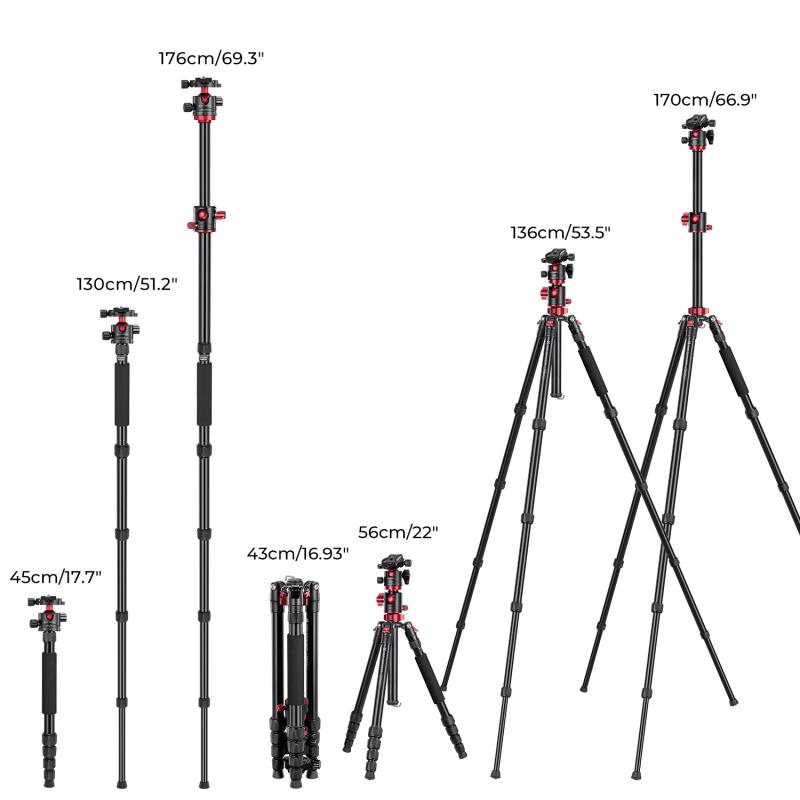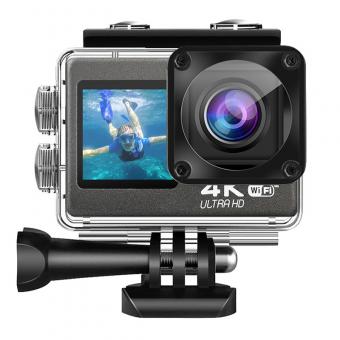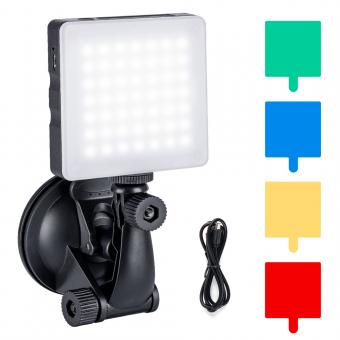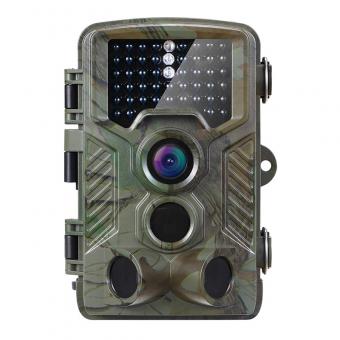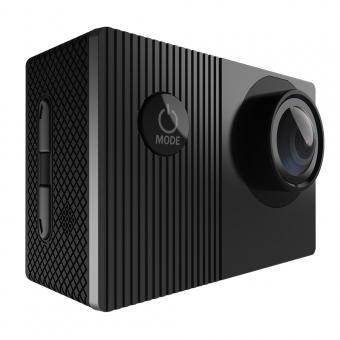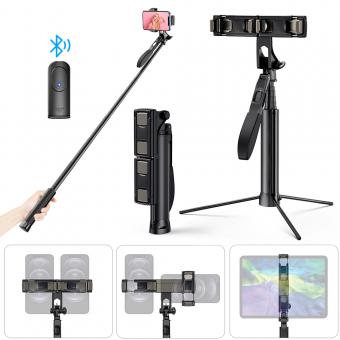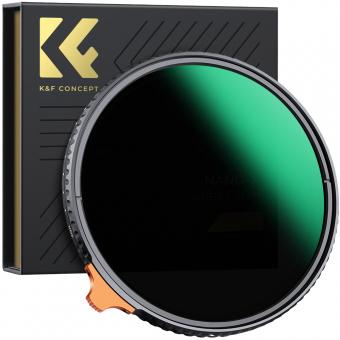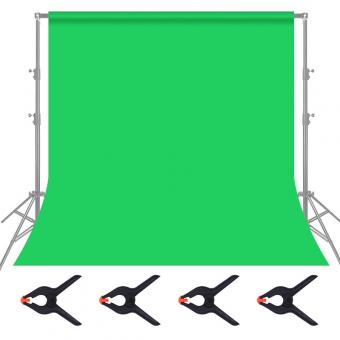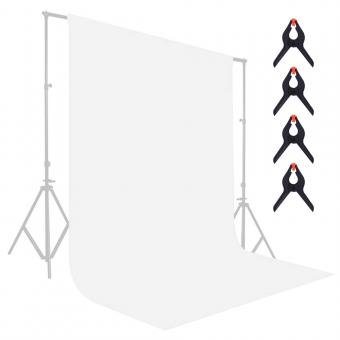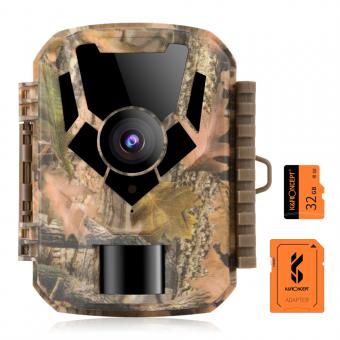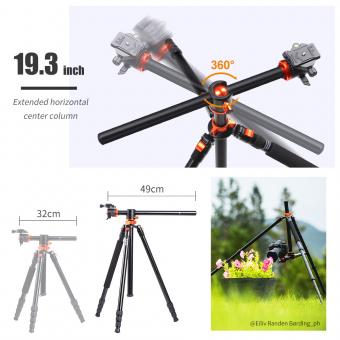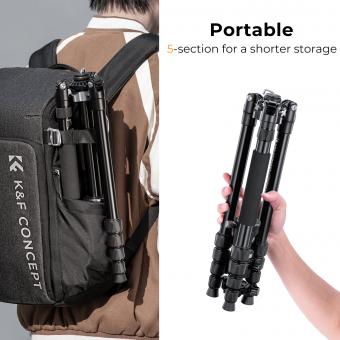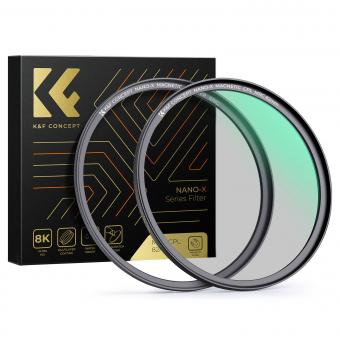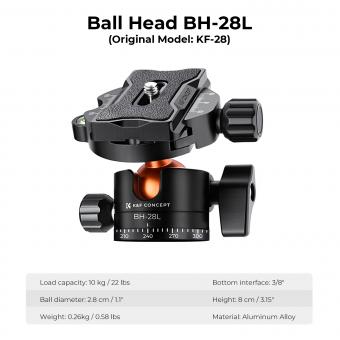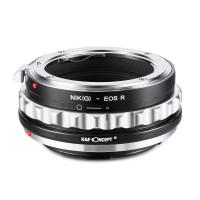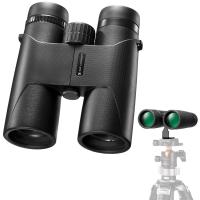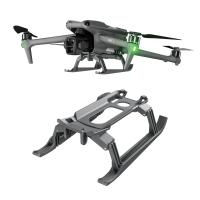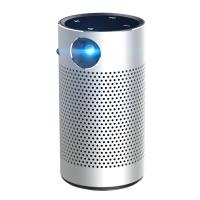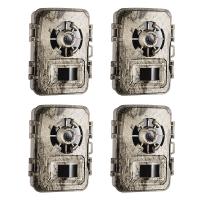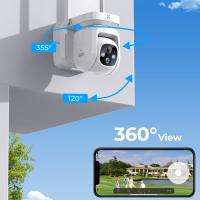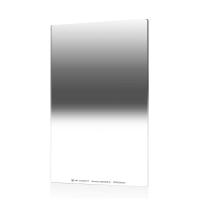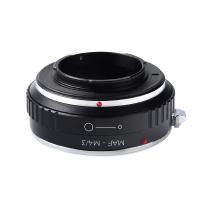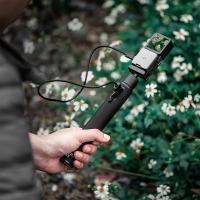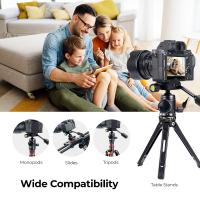Are Video Monopods Worth Using ?
Video monopods can be worth using for certain situations in videography. They provide stability and support for cameras, allowing for smoother and more controlled movements while filming. Monopods are particularly useful when shooting in dynamic environments or when mobility is required, as they are lightweight and easy to carry around. They also offer quick setup and adjustment, making them convenient for on-the-go shooting. However, it is important to note that monopods have limitations compared to tripods, as they do not provide the same level of stability. Therefore, the decision to use a video monopod ultimately depends on the specific needs and preferences of the videographer.
1、 Stability and Support: The Importance of Video Monopods
Video monopods can be a valuable tool for videographers, providing stability and support for their cameras while allowing for greater mobility compared to tripods. The importance of video monopods lies in their ability to help capture smooth and steady footage, especially in situations where tripods may be impractical or restrictive.
One of the key advantages of using a video monopod is its portability. Unlike tripods, which can be bulky and time-consuming to set up, monopods are lightweight and easy to carry around. This makes them ideal for on-the-go shooting, such as in documentary filmmaking or event coverage, where videographers need to move quickly and adapt to changing environments. The ability to quickly adjust the height and angle of the monopod also adds to its versatility.
Another benefit of using a video monopod is the added stability it provides. While not as stable as tripods, monopods still offer a significant improvement over handheld shooting. They help reduce camera shake and allow for smoother panning and tracking shots. This is particularly important when shooting with longer lenses or in low-light conditions, where even the slightest movement can result in blurry or shaky footage.
Furthermore, video monopods can also serve as a support for additional accessories, such as external microphones or LED lights. This can help videographers achieve better audio quality and lighting conditions, further enhancing the overall production value of their videos.
In recent years, advancements in technology have led to the development of more advanced video monopods. Some models now come with built-in fluid heads, allowing for smoother and more precise movements. Others offer additional features like retractable feet or 360-degree rotation, further improving stability and flexibility.
In conclusion, video monopods are worth using for videographers who value mobility, stability, and versatility. While they may not provide the same level of stability as tripods, they offer a practical solution for capturing smooth footage in a wide range of shooting scenarios. With the latest advancements in technology, video monopods have become even more reliable and user-friendly, making them an essential tool for any videographer's kit.
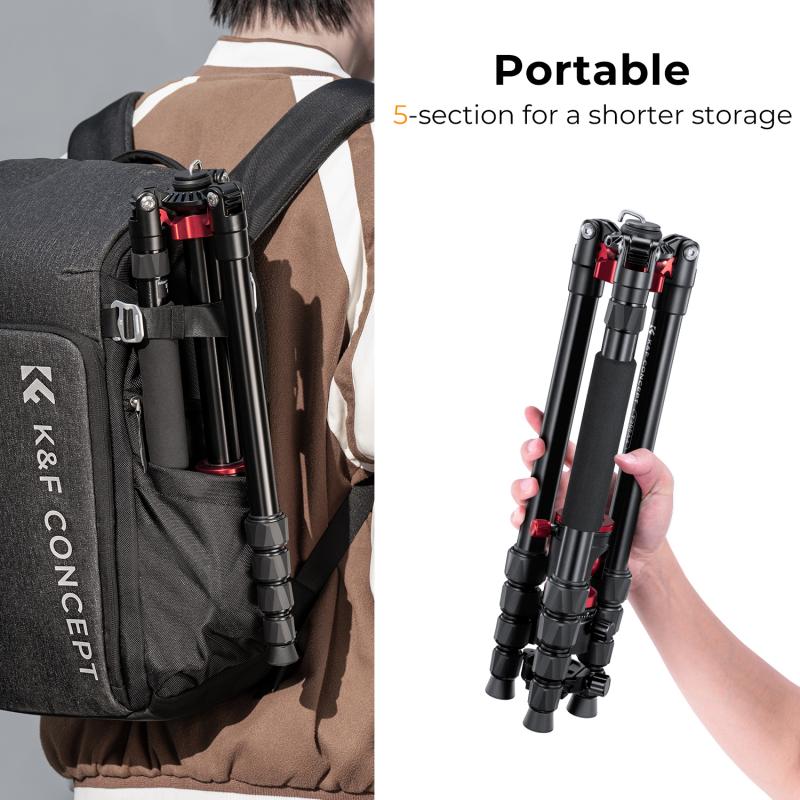
2、 Versatility and Mobility: Advantages of Video Monopods
Versatility and Mobility: Advantages of Video Monopods
Video monopods have become increasingly popular among videographers and filmmakers due to their versatility and mobility. These lightweight and compact camera supports offer several advantages that make them worth using in various shooting scenarios.
One of the key advantages of video monopods is their versatility. Unlike tripods, which are often limited in their movement and positioning, monopods allow for quick and easy adjustments. They provide stability while allowing the user to move around freely, making them ideal for capturing dynamic shots or following fast-paced action. Additionally, video monopods can be used in tight spaces or uneven terrain where tripods may not be practical.
Another advantage of video monopods is their portability. They are lightweight and easy to carry, making them a convenient choice for on-the-go shooting. Whether you are shooting in a crowded event or traveling to different locations, a video monopod can be quickly set up and adjusted, saving you time and effort. This portability also makes them suitable for solo videographers who need to manage their equipment alone.
Furthermore, video monopods offer stability without sacrificing mobility. They provide a solid base for your camera, reducing camera shake and resulting in smoother footage. Some monopods even come with additional features such as fluid heads or adjustable feet, further enhancing stability and control.
In recent years, advancements in technology have led to the development of innovative video monopods. Some models now offer built-in stabilization systems, such as gimbals, which further improve the quality of footage by minimizing vibrations and movements. These advancements have made video monopods even more appealing to videographers and filmmakers.
In conclusion, video monopods are worth using due to their versatility and mobility. They offer the flexibility to capture a wide range of shots while providing stability and ease of use. With the latest advancements in technology, video monopods have become even more valuable tools for videographers and filmmakers.

3、 Enhanced Camera Control: Benefits of Using Video Monopods
Enhanced Camera Control: Benefits of Using Video Monopods
Video monopods have become increasingly popular among videographers and filmmakers due to their numerous benefits. These versatile camera supports offer enhanced camera control, stability, and mobility, making them worth using for various shooting scenarios.
One of the primary advantages of using video monopods is the improved stability they provide. While not as stable as tripods, monopods offer a significant improvement over handheld shooting. They help reduce camera shake and allow for smoother panning and tilting movements, resulting in more professional-looking footage.
Another benefit is the increased mobility that video monopods offer. Unlike tripods, which can be bulky and time-consuming to set up, monopods are lightweight and easy to carry around. This makes them ideal for on-the-go shooting situations, such as documentary filmmaking or event coverage. Additionally, monopods allow for quick and seamless transitions between shots, enabling videographers to capture dynamic footage without missing a beat.
Furthermore, video monopods provide enhanced camera control. Many monopods come with features like fluid heads, which allow for smooth and precise camera movements. This enables videographers to execute complex shots, such as tracking or following subjects, with ease. Additionally, monopods often have adjustable height options, allowing for greater flexibility in framing shots from different angles.
From a latest point of view, video monopods have also evolved to cater to the needs of modern videographers. Some monopods now come with advanced features like built-in stabilizers or remote control capabilities, further enhancing camera stability and control. Additionally, the introduction of carbon fiber monopods has made them even lighter and more durable, making them a preferred choice for professionals.
In conclusion, video monopods are definitely worth using for videographers and filmmakers. They offer enhanced camera control, stability, and mobility, allowing for smoother and more professional-looking footage. With the latest advancements in technology, video monopods have become even more versatile and user-friendly, making them an essential tool for capturing high-quality videos.
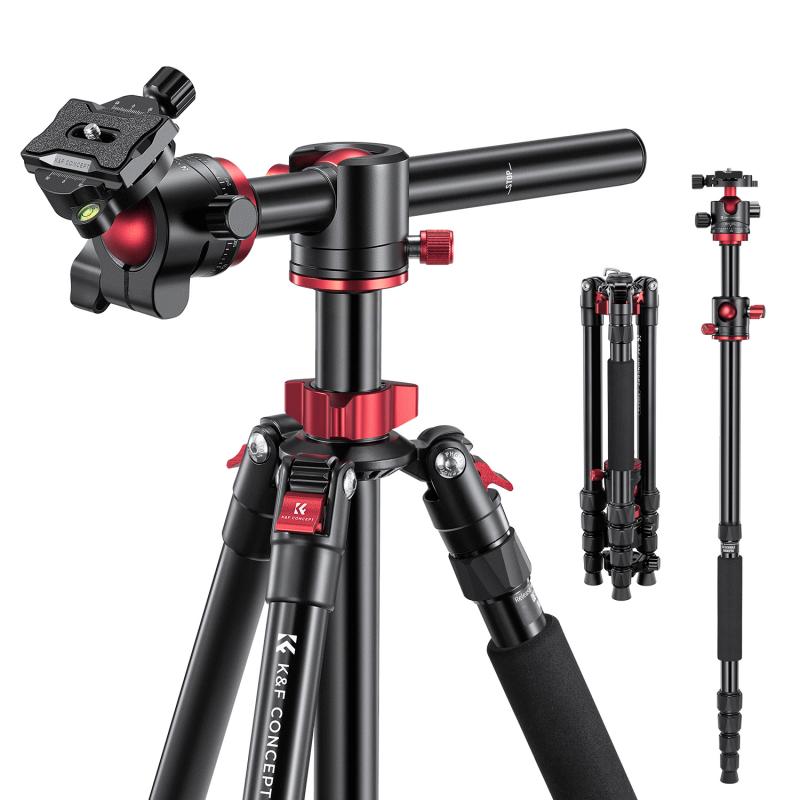
4、 Smooth and Steady Shots: How Video Monopods Improve Footage
Smooth and Steady Shots: How Video Monopods Improve Footage
Video monopods have become increasingly popular among videographers and filmmakers as a valuable tool for capturing smooth and steady shots. While tripods have long been the go-to option for stability, monopods offer a more versatile and portable alternative. But are video monopods worth using?
The answer is a resounding yes. Video monopods provide several advantages that make them worth considering for both amateur and professional videographers. Firstly, they offer enhanced stability compared to handheld shooting. By providing a single point of contact with the ground, monopods help reduce camera shake and ensure smoother footage, especially when shooting in challenging conditions or using heavy equipment.
Furthermore, monopods offer greater mobility and flexibility compared to tripods. They are lightweight and easy to carry, making them ideal for on-the-go shooting or situations where setting up a tripod is impractical. Monopods also allow for quick and seamless panning and tilting movements, enabling videographers to capture dynamic shots with ease.
Additionally, video monopods have evolved to include advanced features that further enhance their usability. Many models now come with fluid heads, allowing for smooth and controlled movements. Some monopods even offer built-in stabilizers or feet that can be extended for added stability, making them even more versatile in various shooting scenarios.
It is worth noting that while video monopods offer numerous benefits, they may not be suitable for every situation. In certain cases, such as when shooting in tight spaces or requiring absolute stability, tripods or other stabilization methods may be more appropriate. However, for most videographers, video monopods provide a practical and effective solution for achieving smooth and steady shots.
In conclusion, video monopods are definitely worth using for videographers and filmmakers looking to improve the quality of their footage. With their stability, mobility, and advanced features, monopods offer a versatile and reliable tool for capturing smooth and professional-looking shots.
